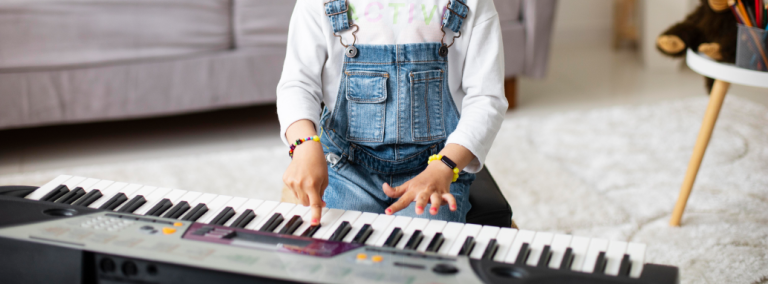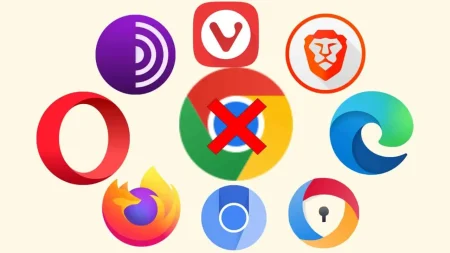Musicians and composers continually seek tools that enhance their creativity and streamline their workflows. One such innovation is the keyboard with display, which combines traditional keyboard functionality with the versatility of modern technology. This unique integration has redefined how music is composed, learned, and performed. Here’s an in-depth look at how a keyboard with a display can transform your musical experience.
1. Streamlined Learning for Beginners
Learning to play an instrument can be daunting, especially for beginners unfamiliar with music theory. A keyboard with display simplifies this process:
- Visual Note Guidance: Many keyboards with displays show real-time feedback, highlighting which keys to press, making it easier for beginners to learn songs step-by-step.
- Interactive Tutorials: Built-in tutorials displayed on the screen guide users through lessons at their own pace, promoting effective learning.
- Score Display: Digital sheet music or chord charts on the display eliminate the need for separate books or devices, keeping the learner focused.
2. Enhanced Composition and Creativity
For experienced musicians, creativity and efficiency are key to composing music. A keyboard with display offers:
- Track Layering: Displays allow users to see and manage multiple tracks, making layering melodies, harmonies, and rhythms seamless.
- MIDI Integration: A screen can provide an intuitive interface for adjusting MIDI settings, helping musicians fine-tune their creations.
- Custom Presets: Easily accessible presets and instrument voices are displayed, enabling quick experimentation and creativity without interruption.
3. Performance Advantages
Performing live requires precision and confidence. A keyboard with display can elevate performances in numerous ways:
- Real-Time Monitoring: Performers can view settings, effects, and tempo directly on the display, ensuring flawless execution.
- Lyrics and Chords: Display lyrics and chord progressions for seamless vocal and instrumental synchronization during live shows.
- Dynamic Adjustments: On-the-go adjustments to sound settings like reverb or equalization become effortless with a touchscreen display.
4. Integration with Music Software
Modern music production often involves complex software. A keyboard with display bridges the gap between hardware and software:
- DAW Control: The display acts as a control panel for digital audio workstations (DAWs), offering features like track editing, mixing, and automation.
- Virtual Instrument Feedback: Visual representations of virtual instruments help musicians tweak parameters and achieve desired sounds.
- Seamless Syncing: Synchronization between the keyboard and production software minimizes disruptions during the creative process.
5. Advanced Features for Tech Enthusiasts
The technological advancements in a keyboard with display cater to the needs of tech-savvy musicians:
- Customizable Interfaces: Many keyboards allow users to personalize the display layout to suit their workflow preferences.
- Interactive Touchscreens: Touchscreen displays add functionality similar to tablets, enabling drag-and-drop editing and precise adjustments.
- Connectivity Options: USB and wireless connections, often managed through the display, make integration with other devices effortless.
6. Encouraging Consistent Practice
A keyboard with display motivates consistent practice by making it enjoyable and rewarding:
- Progress Tracking: Displays can track practice time, note accuracy, and overall progress, encouraging users to stay consistent.
- Gamification: Interactive games and challenges displayed on the keyboard add an element of fun to practice sessions.
- Goal Setting: Setting and viewing practice goals directly on the keyboard fosters disciplined learning habits.
7. Expanding Musical Accessibility
In addition to its practical advantages, a keyboard with display makes music more accessible to a wider audience:
- Assistance for Visual Impairments: Larger displays with adjustable fonts and colors can accommodate users with visual impairments.
- Language Options: Multilingual interfaces displayed on the screen cater to global users, ensuring inclusivity.
- Portable Music Libraries: Digital storage and playback options displayed on the keyboard allow musicians to access music anywhere.
Conclusion: A New Era of Musical Innovation
A keyboard with display represents a harmonious blend of tradition and innovation. By simplifying learning, enhancing creativity, improving performance, and integrating seamlessly with modern music production, these keyboards are reshaping how musicians engage with their craft. Whether you’re a beginner looking to learn or an experienced artist aiming to refine your compositions, investing in a keyboard with a display could be the key to unlocking your full musical potential.



